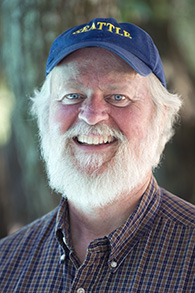It was about 80°F when my plane touched down in the Salzburg, Austria airport. Having dressed in a fleece jacket and a flannel shirt when I left chilly Seattle, I quickly stripped down to my t-shirt. I had arrived two days early before our tour was about to begin during the warmest October on record. Instead of the light dusting of snow we expected to see in the higher peaks, the crags were bare (except on the glaciated summits) and shirtsleeve weather with rich blue skies was the basic forecast for much of the trip.
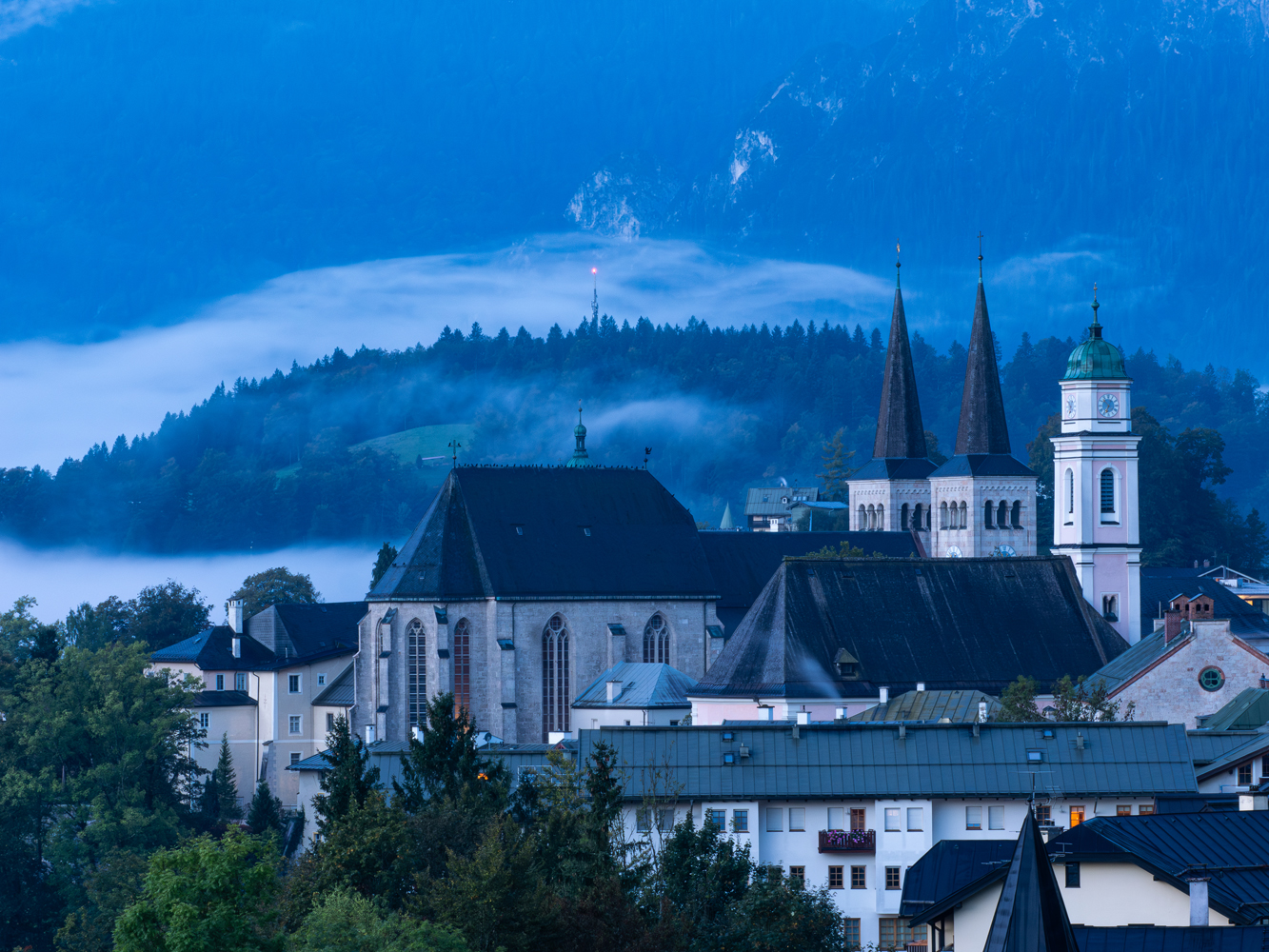
Once assembled, our group departed Salzburg for a short drive into Germany. From our Bavarian-style chalet hotel near the village of Berchtesgaden, we set out to explore the countryside starting with Berchtesgaden itself. Out before “blue hour” on a perch above the village, we photographed its Bavarian architecture and medieval town center including the prominent twin steeples of the Collegiate Church of St. Peter and St. John the Baptist, as the sun rose. Later that morning we had a scenic boat cruise on Königssee (lake) located in Berchtesgaden National Park surrounded by the sheer walls of the Bavarian Alps. We enjoyed a brief photo stop at the red-domed St. Bartholomew pilgrimage church located on the western shore of the lake near the end of the boat ride. Following lunch, we drove higher into the hills to “shoot” the quaint Maria Gern Church against the rather dramatic backdrop of Mount Watzmann.
The next morning up early and out on a bus to “Eagles Nest,” a Nazi-constructed building erected atop the summit of the Kehlstein—a rocky outcrop with a commanding view high above Berchtesgaden. It was built for Adolf Hitler as kind of a “Camp David” for Nazi Party parties. Finished after only 13 months in 1938 at a cost of 30 million Reichsmarks (about $250 million USD in today’s dollars). It was one of the most elaborate construction projects during the Third Reich. On a clear day it has a great view—which we had. Busloads of tourists visit knowing full well its historic significance, yet it is almost wiped clean of most of its Nazi past unless you book a historic tour in advance. Today it is a restaurant. It is one of those places you only need to see once.
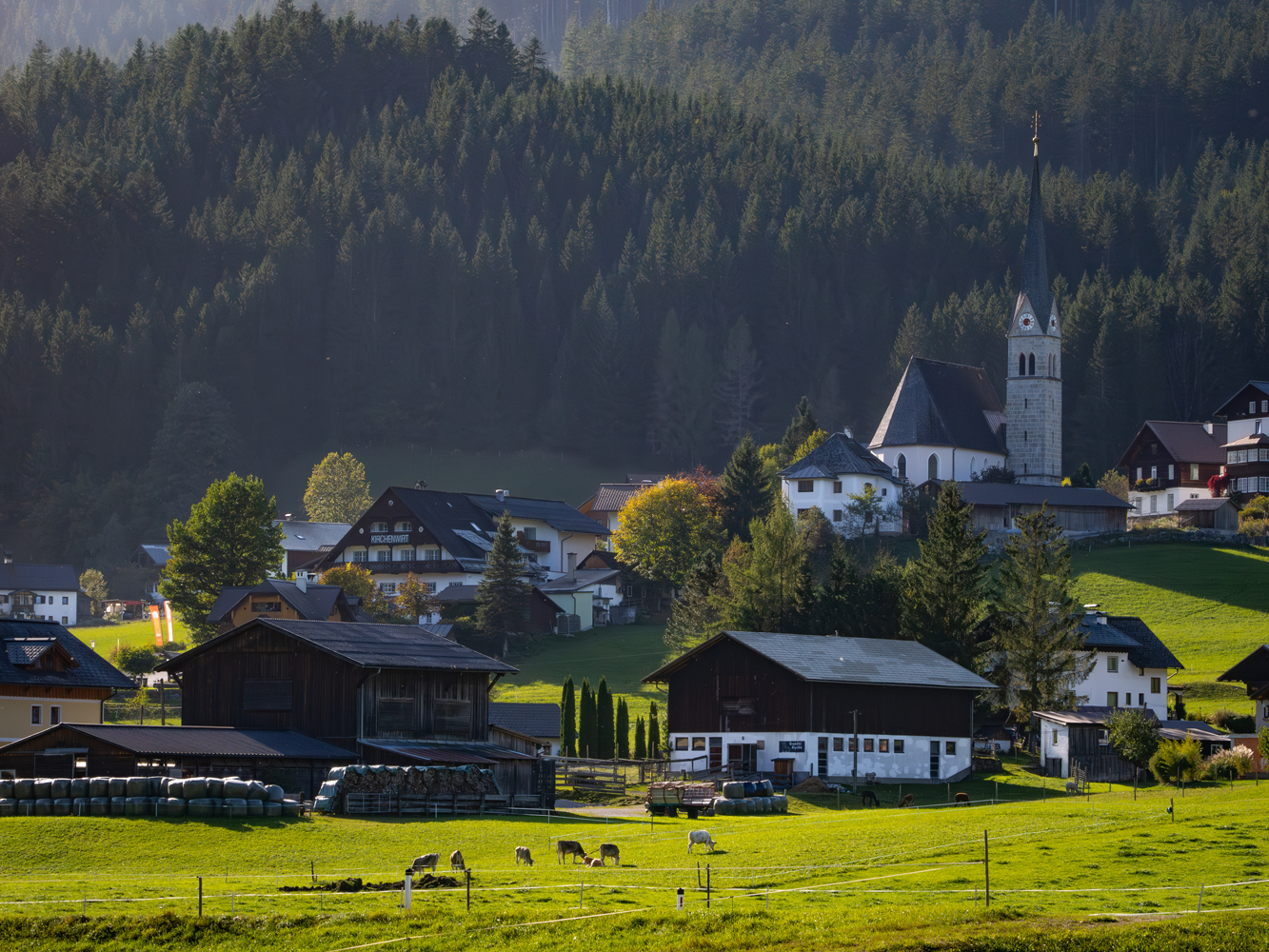
Driving back to Austria we settled into the Austrian Alps in the Hohe Tauern National Park area. National parks are a bit confusing in Austria since they seem to encompass entire regions including towns and highways, industrial areas, and other infrastructure you would not consider “national park-worthy” in North America. But large sectors are set aside as spectacular natural areas—save for the cows and their bells that seem to be everywhere. (I’m not a fan.)
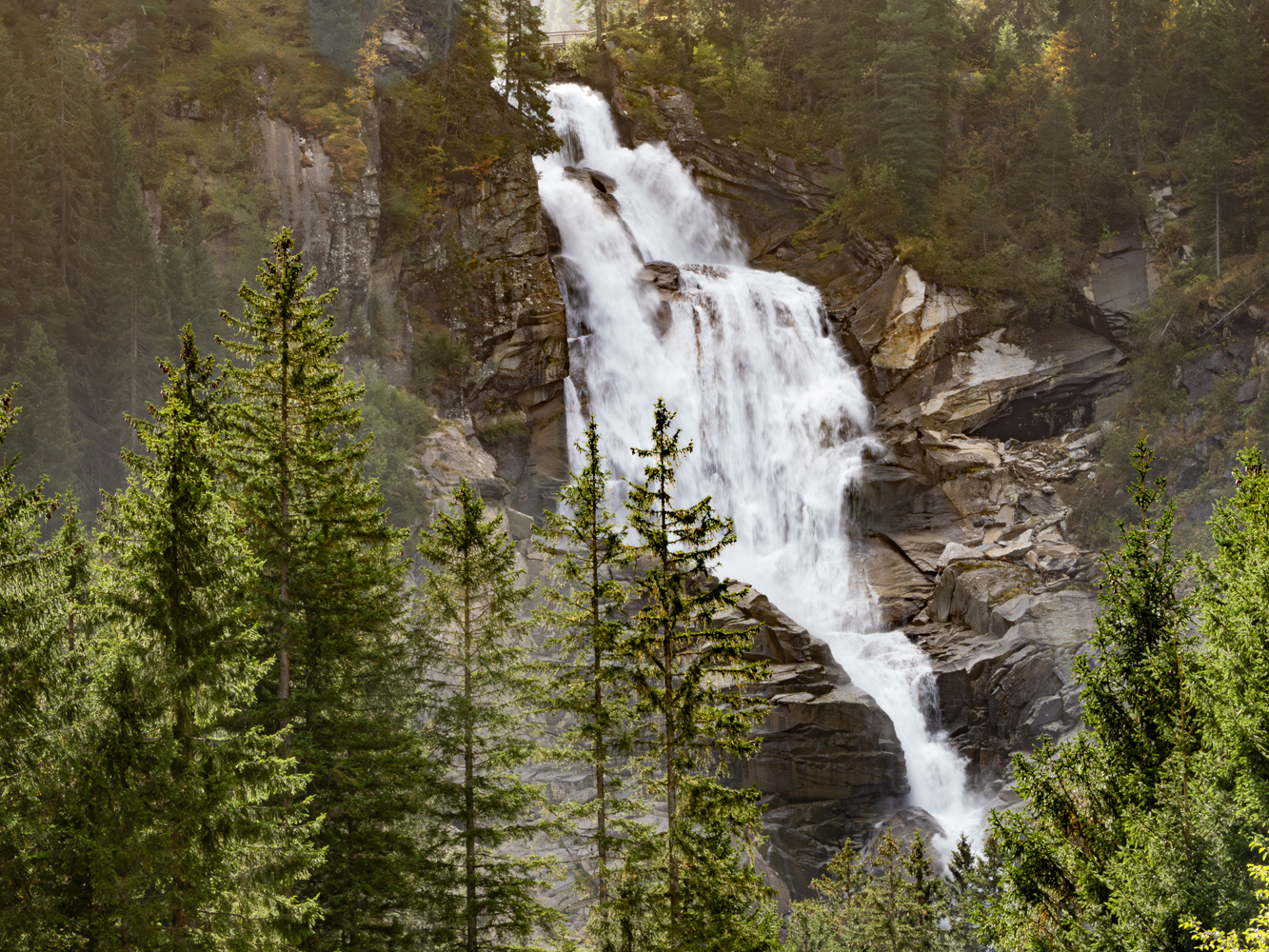
The park is home to the Krimml Waterfalls, at 1,247 feet (380 meters) these tiered falls are the highest in Austria. We were dropped off by a shuttle at the top of the cascades and walked downhill where various lookouts provide great vantagepoints for photography. Ultimately, this glacial water becomes a component of several rivers before it joins the Danube which flows into the Black Sea. It’s a substantial hike and you can bet we were tired after many hours of shooting!
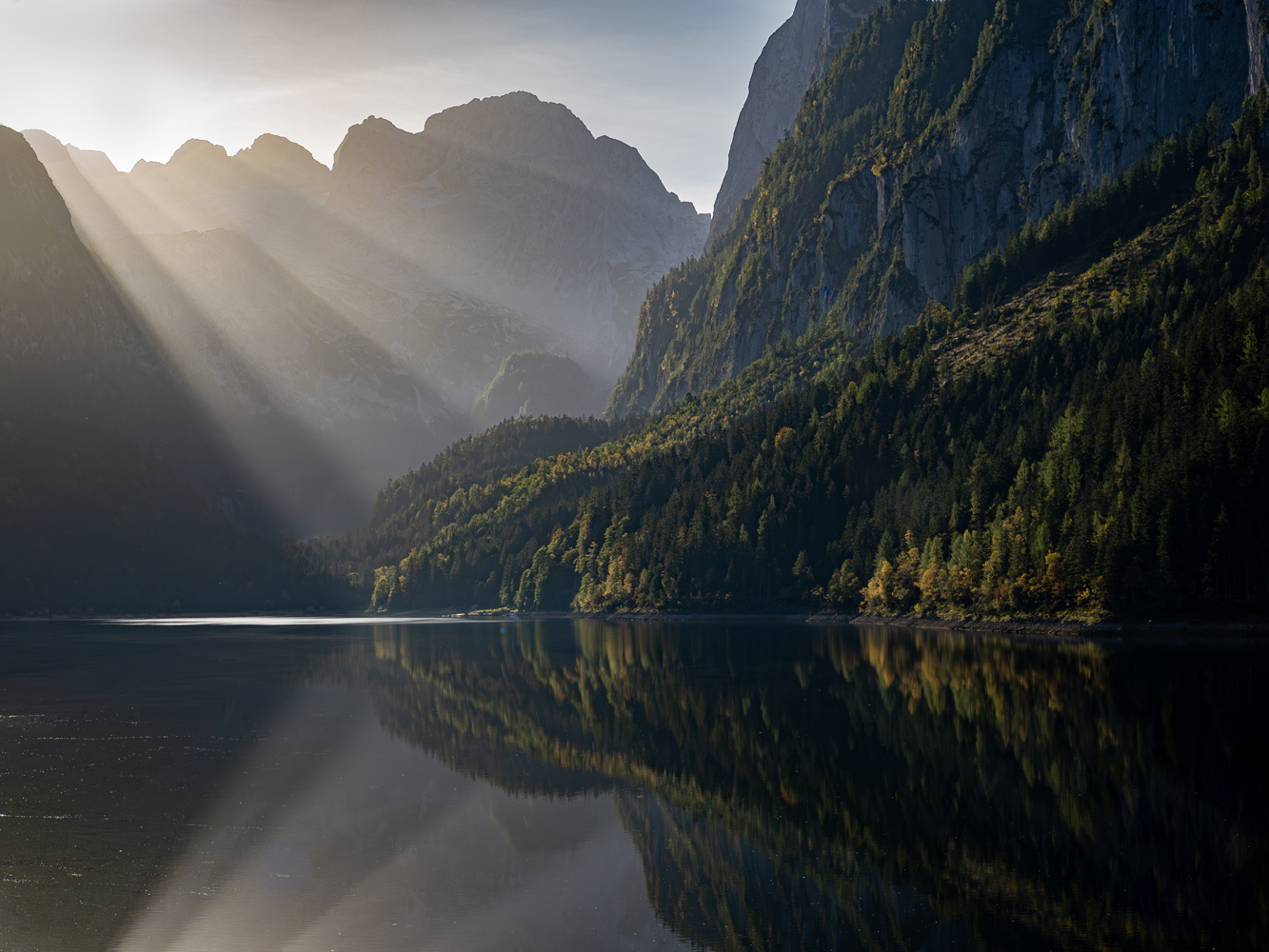
Vorderer Gosausee might be the prettiest lake in Austria. Nestled within the protective peaks of the Dachstein Mountains—limestone Alps that somewhat resemble Italy’s Dolomites—the lake can become one solid mirror from shore to shore. It was under those conditions we shot it on our morning visit, and I can say that throughout my years of photography I have never shot much better lake reflections. Later that afternoon we drove up much higher into the mountains to Edelweissspitze and our lodge at 8277 feet (2523 meters). From the summit we had a spectacular 360° view of the surrounding mountains—and we did this in shirtsleeve weather. Now as I write this report exactly one month later, the lodge is closed and buried in snow. One interesting event that was photographed by some of us was a lammergeyer (bearded vulture) that made several passes over our lodge. These birds are being reintroduced into the Austrian Alps over the past several decades after they were shot and suffered breeding habitat fragmentation in the mid-20th century. There are now about 30 lammergeyers living free in Austria.
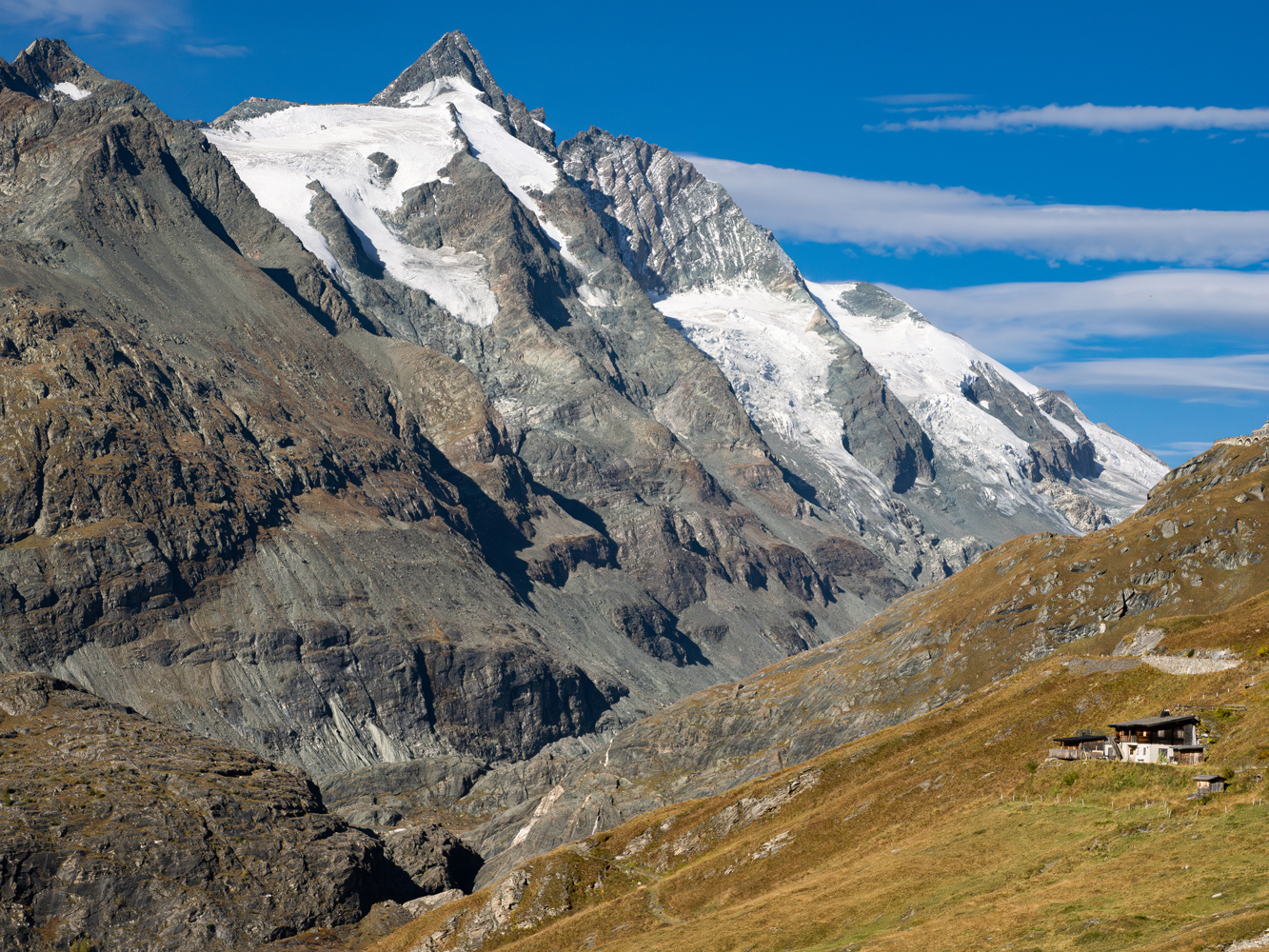
Finally, we were in “mega-mountain” scenery as we drove the Grossglockner High Alpine Road—the highest paved mountain pass in Austria. And it does not disappoint. It goes right under Grossglockner, Austria’s highest mountain and the country’s largest remaining glacier, the Pasterze. All along the road the larch trees were turning yellow, and we could place them in landscapes juxtaposed against the glacial background. Blue sky, yellow trees and gleaming white ice make a stunning colorful image. Near the top of the road a group of alpine marmots allowed us a close approach and lots of photos.
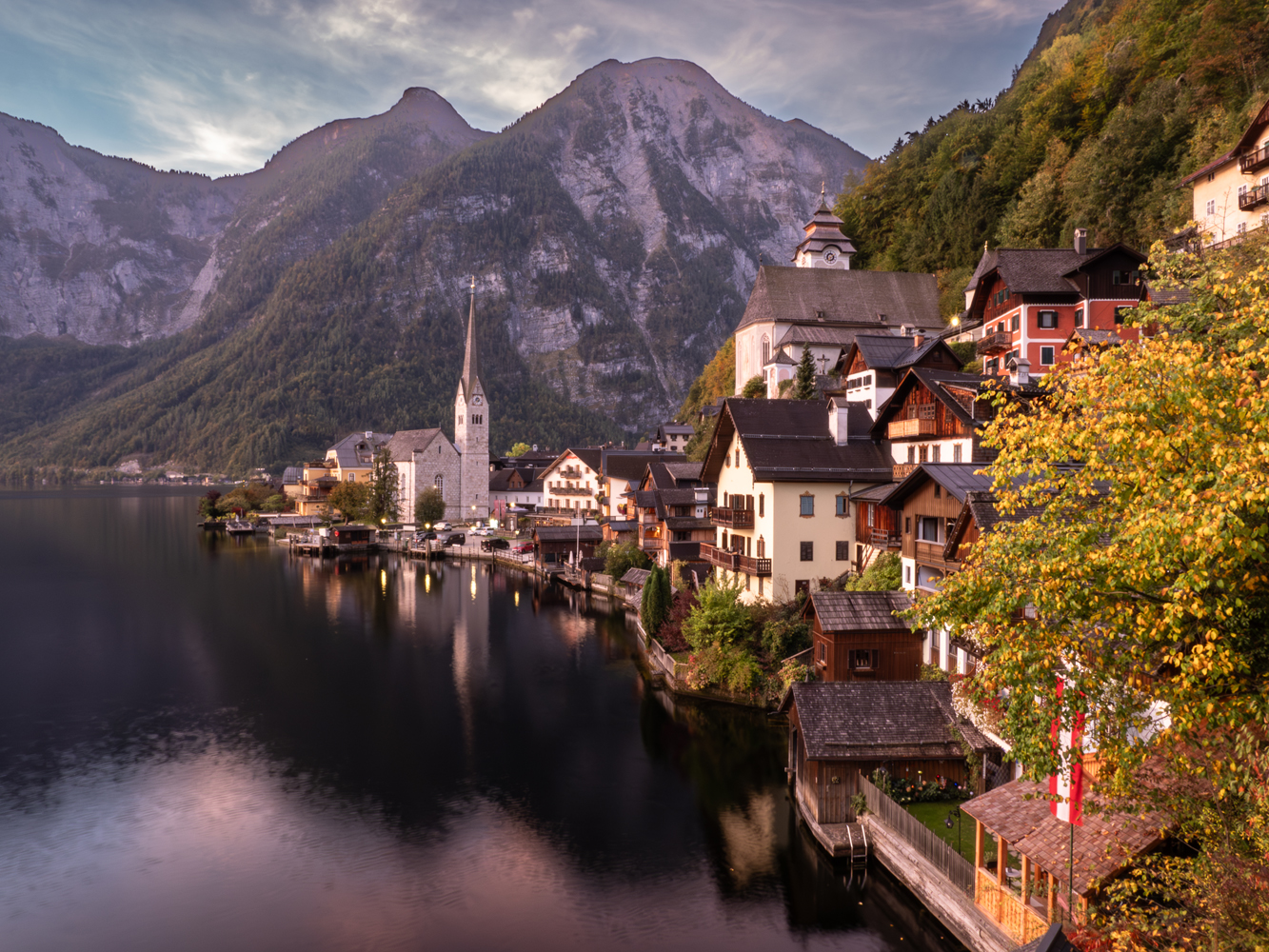
Perhaps the most recognizable and iconic Austria photo to be taken on this trip was the lakeshore of the tiny village of Hallstatt with its 1785 Evangelical Church reflected in Lake Hallstatt. Labeled the most “Instagrammable” town in the world, Hallstatt became a world heritage site in 1997. We visited in the low season (fall and winter are best) and tourists were few. But this tiny town—with just 800 residents—is visited by up to 10,000 visitors per day during the high season. It has a charming almost fairytale-like town square with picture-perfect flower boxes decorating every window and they were in peak condition during our visit. We started shooting the lakeshore at “blue hour” and moved on to the village square after the sun rose.

Then, back to where we started in Salzburg. The city has lots to offer in the “big picture” with good city landscapes to be taken from the river bridges and prominent overlooks that surround the city. It is when you get down into it that you discover the historic old town has components of both baroque and shopping mall architecture. Salzburg is the city where Wolfgang Amadeus Mozart was born, and every gift shop is flooded with Mozart tchotchkes. They are actually fun to photograph! Mozart’s birth house is in the old town district and its ground floor is a “Spar” convenience store/deli (think upscale 7-Eleven) which seems pretty hilarious to be embedded in what I would consider to be such a historic landmark.
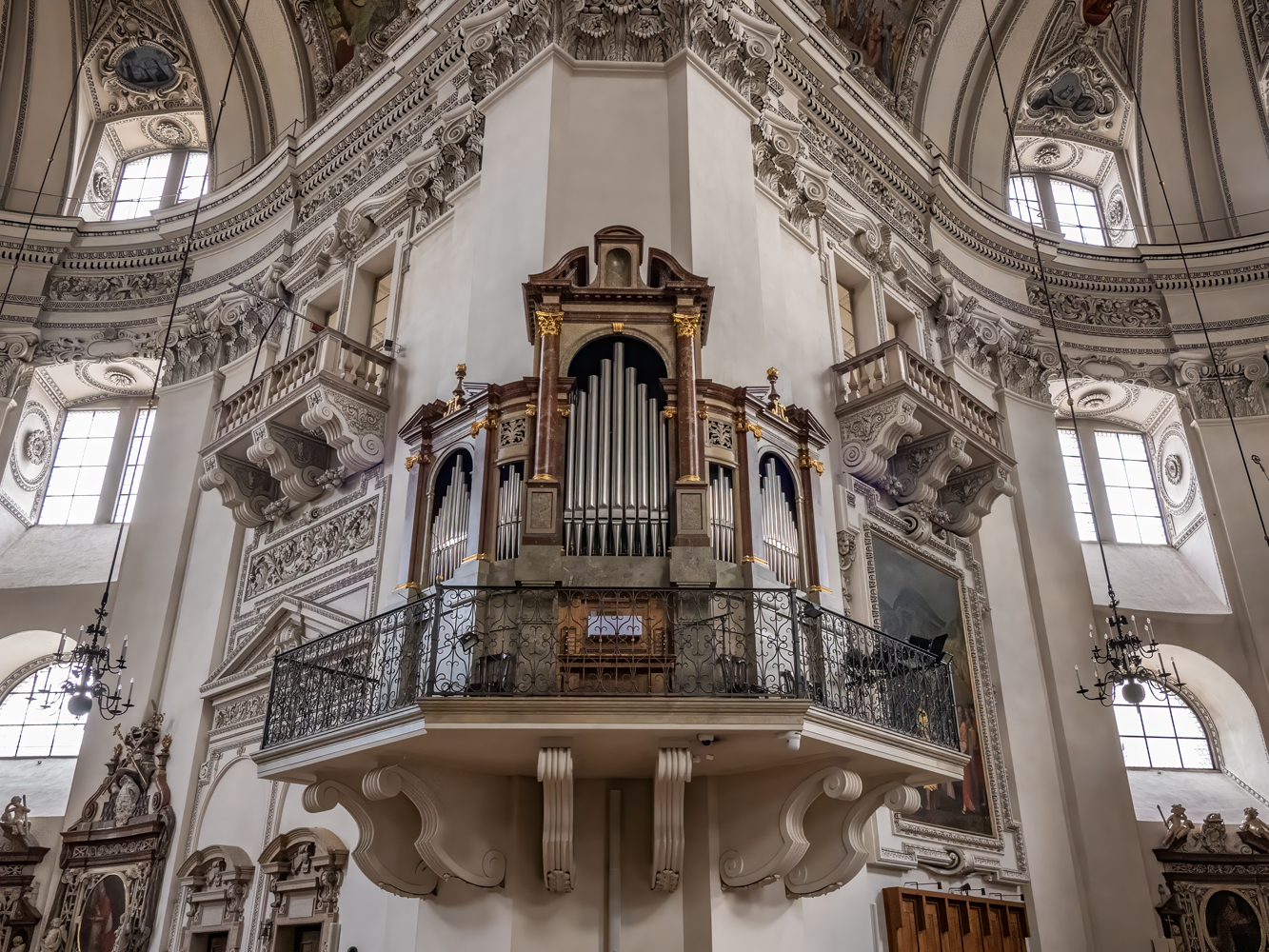
The Salzburg Roman Catholic Cathedral is a true spectacle, and its interior is a sight to behold. You can photograph the interior quietly using a short lens with your ISO pushed higher than you normally would due to potential low light conditions. Don’t bring a tripod!

